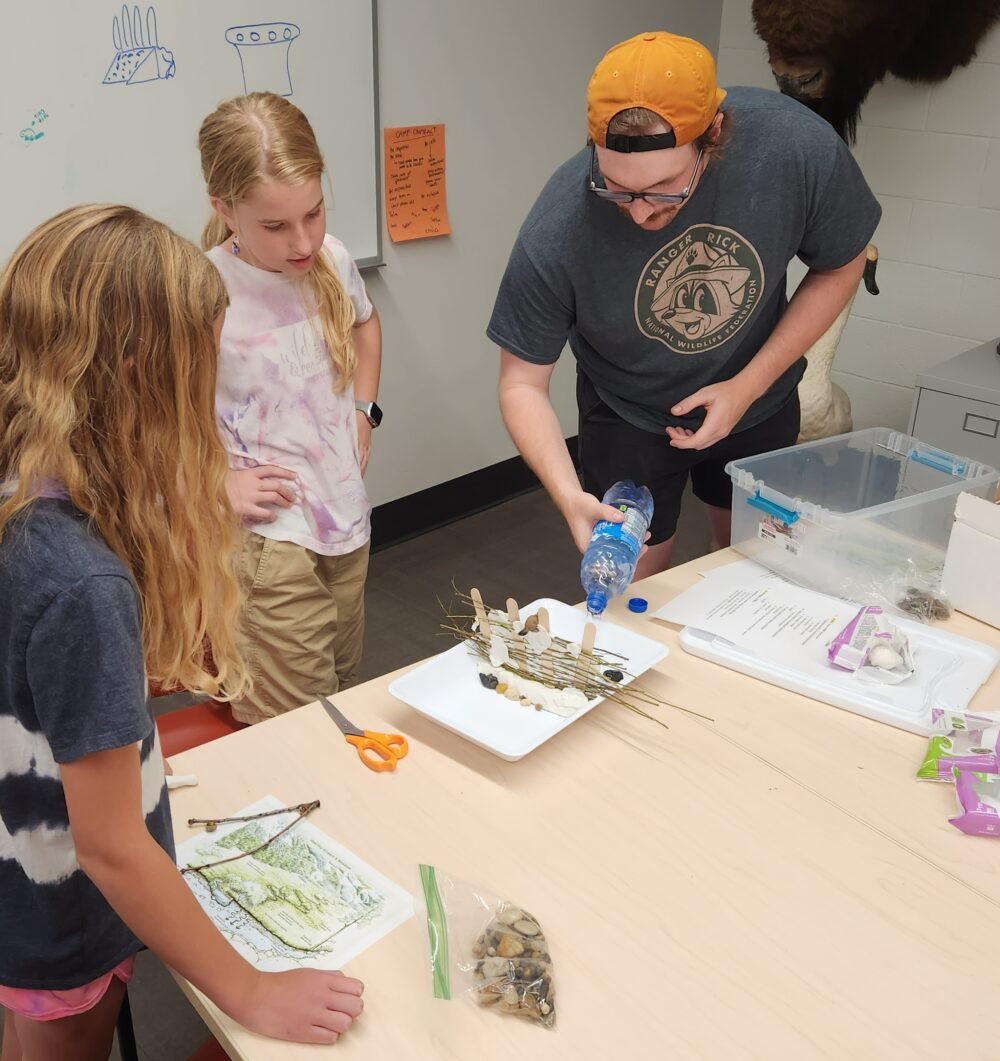We have much more to do and your continued support is needed now more than ever.
Second White House Science Fair Features Young STEM Innovators and Environmental Projects

Exhibits will include designs for a future energy-efficient city, an ‘environmental cleanup’ video game and a more economical way to collect solar energy modeled on the natural design of tree limbs.
The fair is part of the commitment the president made in his Educate to Innovate campaign to inspire students to excel in math and science. On the occasion of the first fair, in 2010, he likened the honorees to our best amateur athletes:
“If you win the NCAA championship, you come to the White House. Well, if you’re a young person and you produce the best experiment or design, the best hardware or software, you ought to be recognized for that achievement, too.”
The president’s metaphor is apt: these STEM champs, like the players cutting down the nets each March, have positioned themselves well for a future in the pros. (Corny!)
That’s partly why we mention ‘STEM’ so often on Wildlife Promise. Sure, a young populace better versed in science is more likely to coalesce around sound conservation practices, but perhaps even more significantly, environmental education can actually help drive a more complete understanding of STEM by connecting core concepts to our actions on earth—an area of need for America’s students and our economic prospects.
STEM in Dire Need of Growth
If you don’t believe me that this is a problem, check the numbers: in 2002, the National Science Foundation reported that that 80%-90% of students opt out of science education before entering high school. The most recent assessment by the Programme for International Student Assessment (PISA) found that American students ranked 17th and 25th in science and math, respectively, among 34 countries measured. The National Assessment of Educational Progress’s (NAEP) 2009 science survey found that less than one-half of U.S. students perform at or above the ‘proficient’ level in science in grades four, eight and 12. A 2007 National Academies report raised the specter that “the scientific and technological building blocks critical to our economic leadership are eroding at a time when many other nations are gathering strength.” (Also over the last decade, the National Environmental Education & Training Foundation reported (PDF) that Americans don’t understand the environment as well as they assume).
Help and Learn More
Last winter, the president issued a call to action for nascent American innovators in all fields, calling this “our generation’s Sputnik moment.” The Center on Education and the Workforce forecasts (PDF) 8 million STEM-related jobs for which Postsecondary education is typically required by the year 2018, making it the third fastest-growing employment area in that category—and a prime staging area for that drive to all-around excellence.
- If you think environmental education should be a major part of that, you can ask Congress to pass the No Child Left Inside Act, a bipartisan bill intended to assist states in the development and implementation of stronger environmental literacy programs for K-12 students.
- Learn about the Senate Health, Education, Labor, and Pensions Committee’s decision to include environmental education provisions in an amendment to the reauthorized Elementary and Secondary Education Act.
- Research the Eco-Schools USA program, which features curricula and activities to help educators engage students in math, science and critical thinking (more academic benefits (PDF)) and can help prepare schools for the U.S. Green Ribbon Schools Award Program.





















